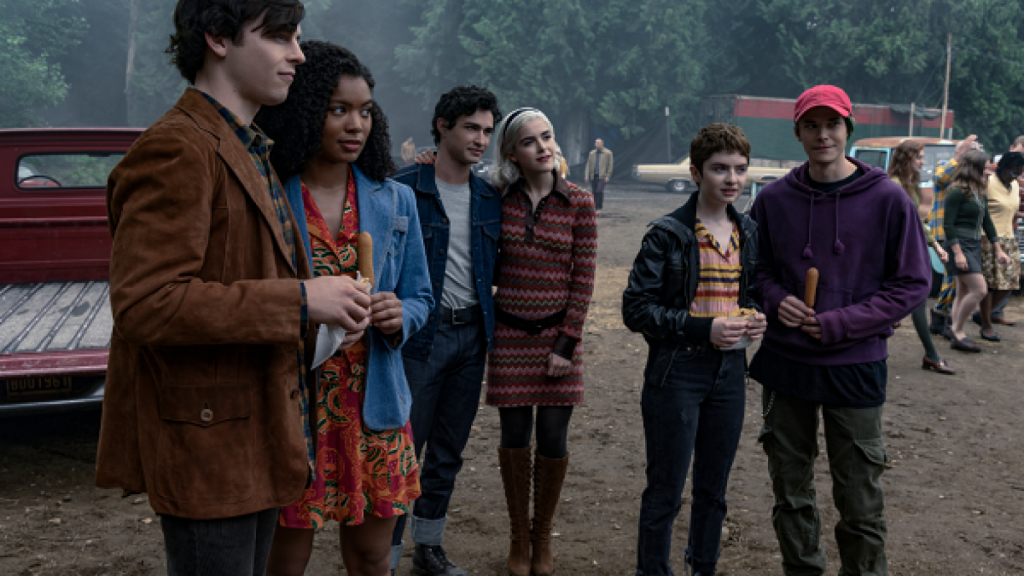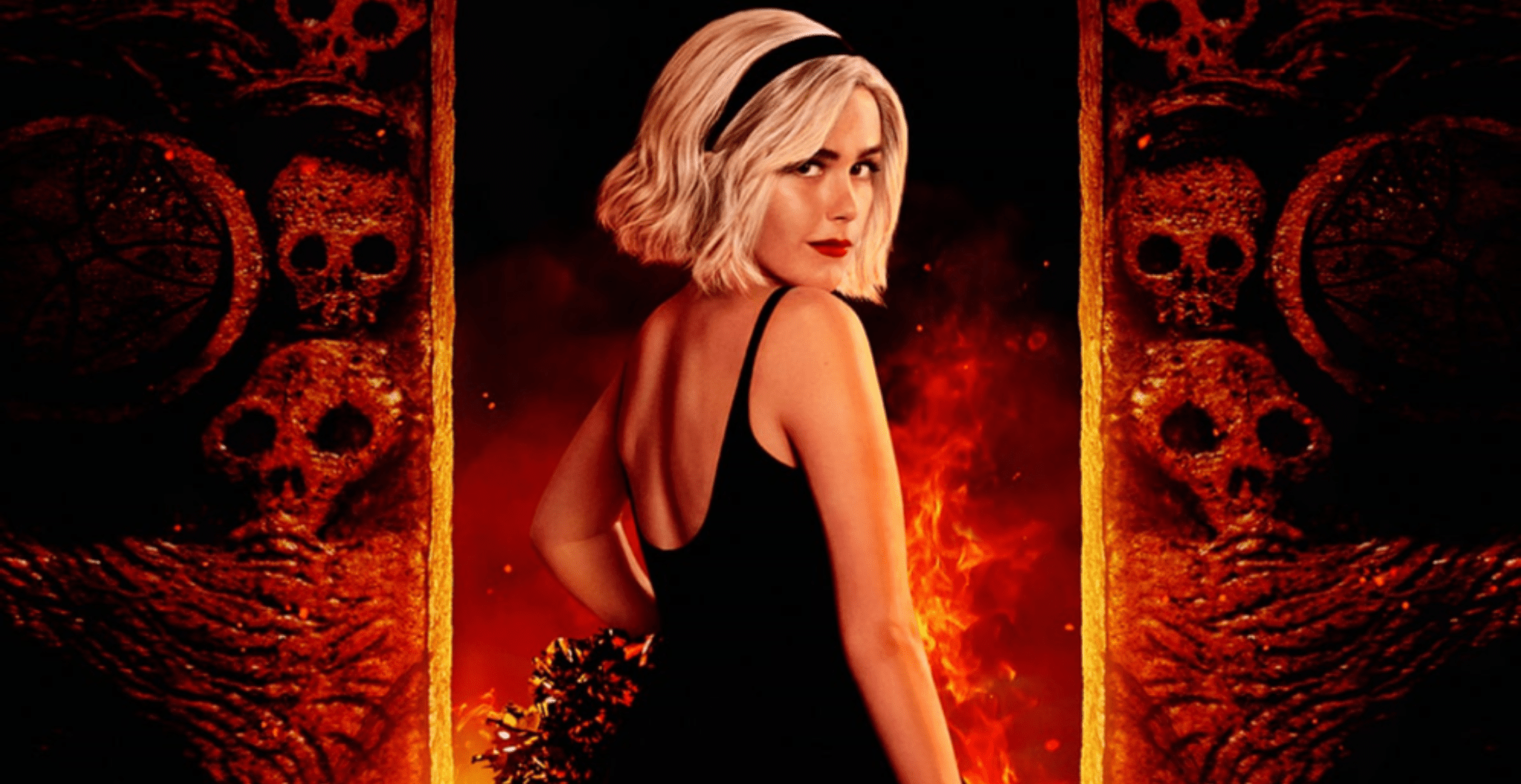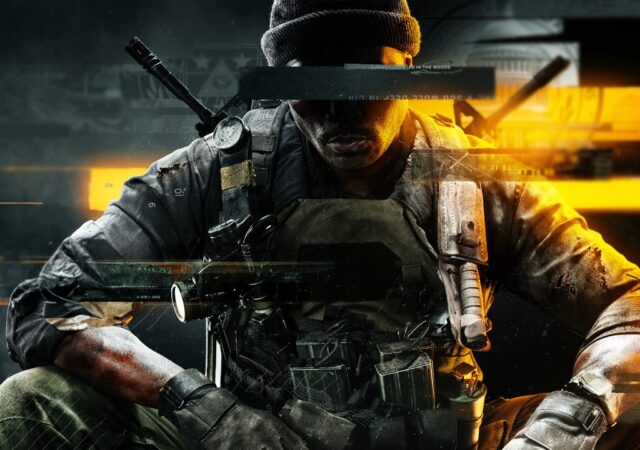If you liked the first two seasons of Chilling Adventures of Sabrina, then you are going to love Part 3. The first episode, for instance, starts off with a literal journey to hell, and then things get only more gnarly (and delightfully twisted) after that.
After the events of part two, the balance of power has shifted. Lucifer and father Blackwood have been ousted, and in both cases, the leadership has fallen to women. Lilith is ruling hell in Lucifer’s stead while Zelda is trying to restabilize the Church of Night. Sabrina, while trying to save her boyfriend Nick, gets embroiled in the power politics of hell and is forced to become the queen of hell, with Lilith acting as her regent. Soon, she is challenged for her throne by Caliban, a handsome demon prince of hell (and made of clay). To make matters worse, Sabrina and her coven also have to deal with the presence of pagan witches who are trying to bring back an eldritch god called the Green Man.
Chilling Adventures of Sabrina has wrestled with its identity in the first two seasons. Is it a feminist narrative about challenging the patriarchy or a teen drama like Riverdale?
This season makes good on the promise of its predecessors, and finally embraces its inner Riverdale tendencies.
There are scenes of cheerleader routines and witchy rituals, including one scene where both take place at the Academy. The episodes are full of camp, and Sabrina herself feels like a more fleshed out character, who’s not so much precocious as driven, often by a pursuit of power. She’s no more a dull do-gooder, but a rebellious young woman who often skirts the boundaries for both the greater good and more selfish reasons.
The episodes are also better paced, often following an episodic structure where the characters have to deal with hell, pagans or the fugitive Blackwood. The lore of the show is also expanded, as it introduces a twisted mirror of the Holy Grail in the form of the Unholy Regalia. This allows the show to explore how magic and power worked in ancient times, as well as give Sabrina to interact with historical figures such as Herod, Pontius Pilate and Vlad the Impaler.

The show makes a conscious choice to address how Sabrina is divided between her friends and coven and her dealings with hell. The fact that she chooses one over the other sets up the season finale, and opens the door for time travel hijinks which end in a clever time paradox. It’s in this final episode that Sabrina’s potential becomes close to fully realized, with Sabrina dealing with high stakes and finding creative ways to deal with her problems.
At the core of the show is Sabrina’s character. Her brushes with power are explored in an organic way: at first she reasons that she became the queen of hell because she wanted to save Nick, but as time progresses, others point out that she also wants the role because of the power it brings. While the show finds a novel way of addressing this conflict during the season finale, it remains to be seen how that impacts the narrative in later seasons.
Chilling Adventures of Sabrina is no masterclass in transcendent storytelling, but it’s a lot of fun and does justice to Sabrina’s roots as a comic book character.
It rounds out other teenage-themed shows in Netflix’s slate, like Sex Education, The End of the F***ing World, Daybreak and Derry Girls. The showrunner, Roberto Aguirre-Sacasa, shows no signs of stopping: there’s a third show called Katy Keene coming out that’s also set in the Riverdale-verse.
As it stands, there’s plenty to like in Chilling Adventures of Sabrina, and here’s to hoping that it improves from strength to strength in the future.






















